The Working Kelpie, an Australian sheep dog renowned for its ability to muster and drive without much guidance is characterized by its medium size and various coat colors. Interestingly, the foundation of the Australian Working Kelpie sheepdog breed can be traced back to land and property owners from esteemed and well-known families, rather than shepherds as one might expect. Notable individuals include George Robertson and his cousin John G. Robertson, who migrated from Scotland to Victoria, as well as the 5 Rutherford brothers who immigrated to Australia in the mid-1800s from a prominent sheep farming family in Sutherlandshire, NSW. Additionally, Gilbert S. Elliot and William Allan, both hailing from well-connected English and Scottish families, played a role in the breed's origins.
The Kelpie breed's beginnings were a stroke of serendipity, as it started with a pair of black and tan Collies named Brutus and Jennie brought to Australia from Jedburgh, Scotland by Arthur Robinson for his brother-in-law, Gilbert Elliot. Following Gilbert Elliot's passing, William Allan took ownership of Brutus and brought him to Queensland. During the journey, one of the litters born on the way, Caesar became the property of Mr. John Rich of Narriah station, which adjoined Yalgogrin. It was at Yalgogrin that Jack Gleeson, who managed the property at the time, bred his dog named Kelpie with Caesar resulting in a litter that included Kings Kelpie. Due to the relatively short timeframe between the arrival of Brutus and Jennie, Gilbert Elliot's demise and William Allan's relocation to Queensland, the bloodlines of these imported Collies were limited. Currently, the available records only indicate that Caesar was mated with Gleeson's Kelpie producing Kings Kelpie. Other notable dogs from this lineage include Nero, owned by James Cunningham of Kildary station, Swan ll, Wylie ll, Laddie and a few unnamed dogs bred and owned by R M Macpherson.
During the 1800s, these early ancestors of the Working Kelpie were showcased at different sheepdog trials and competitions, where they not only emerged victorious but also captured the hearts and admiration of spectators. As a result of their impressive agility and efficiency, Kelpies have been exported worldwide and are predominantly utilized for mustering livestock, particularly sheep, cattle and goats. These dogs were introduced to North America around the turn of the century, playing a significant role in expediting livestock handling practices.



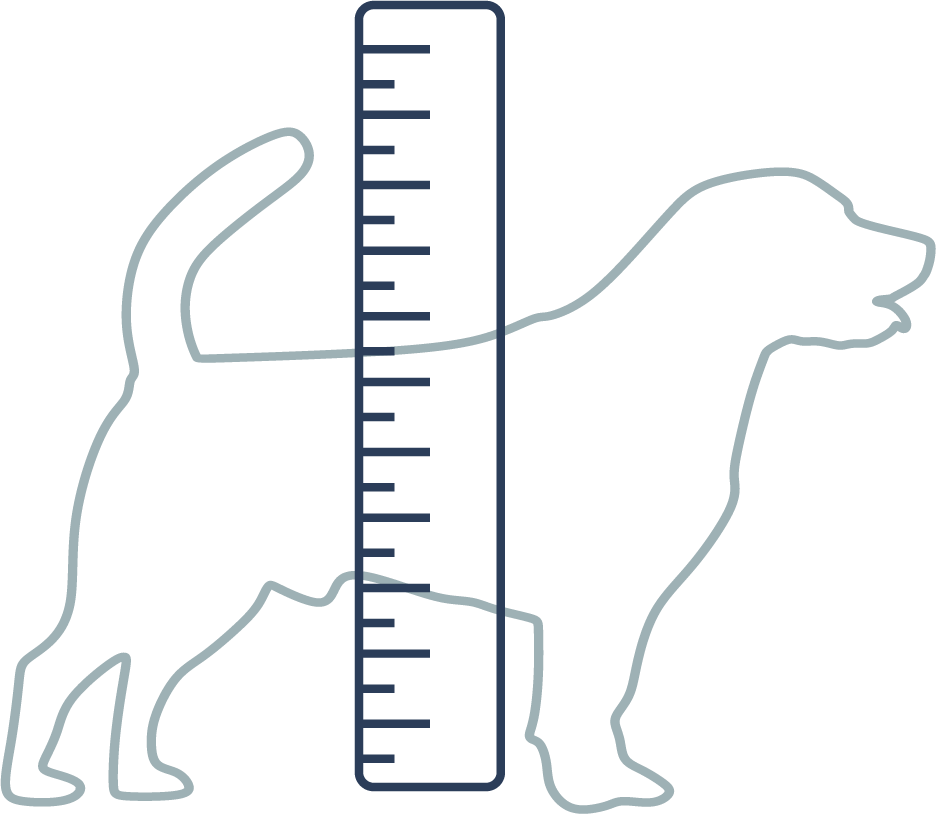


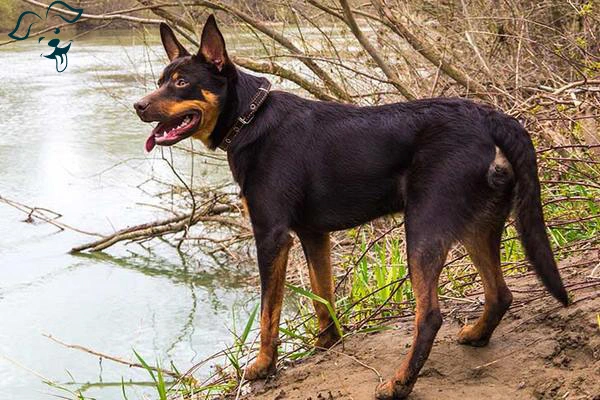
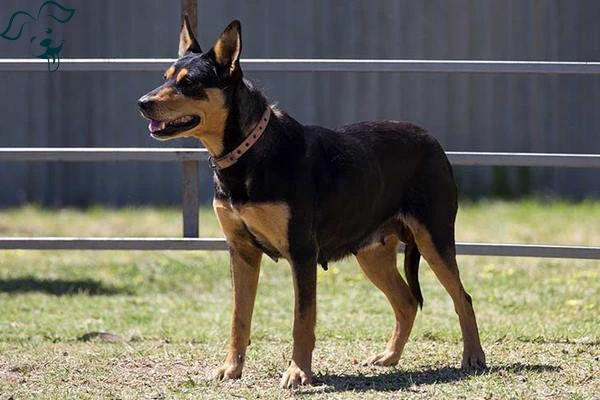

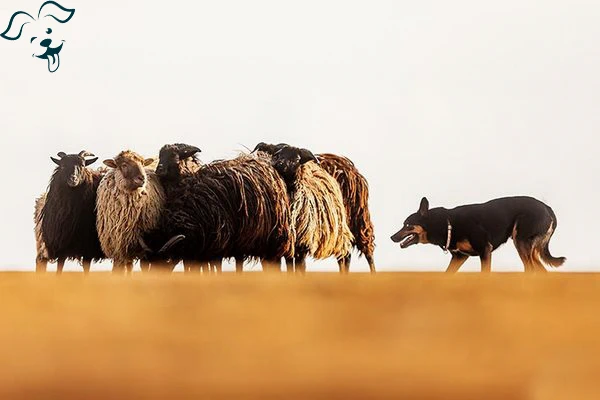






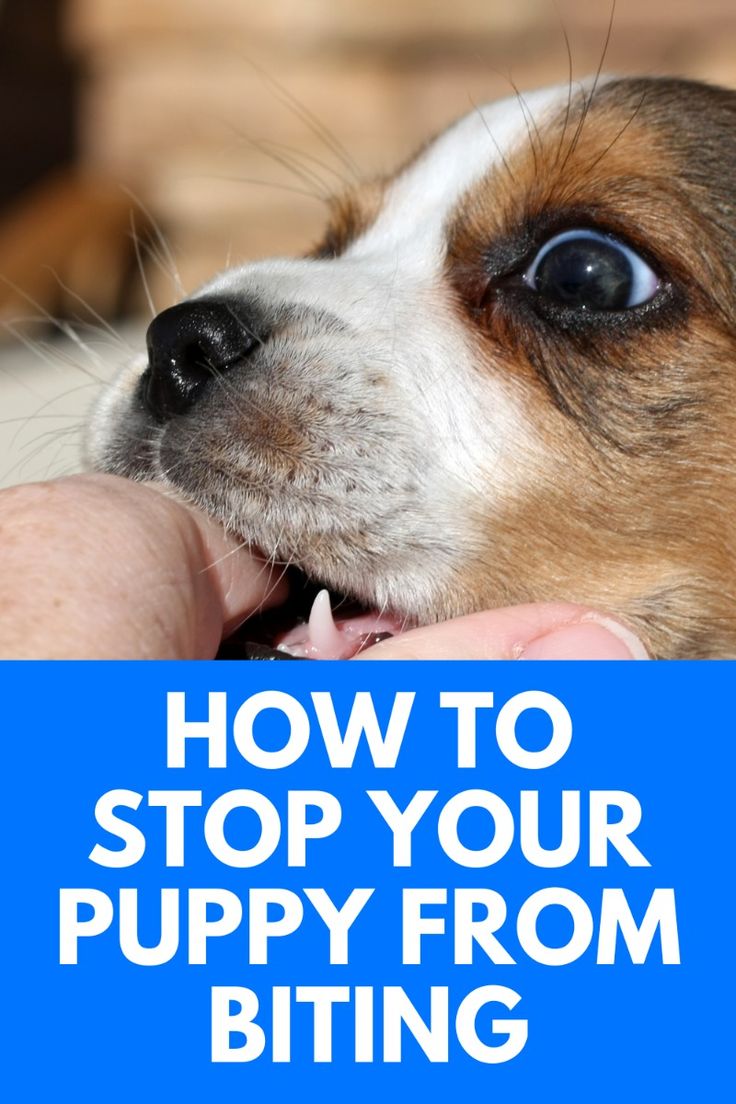
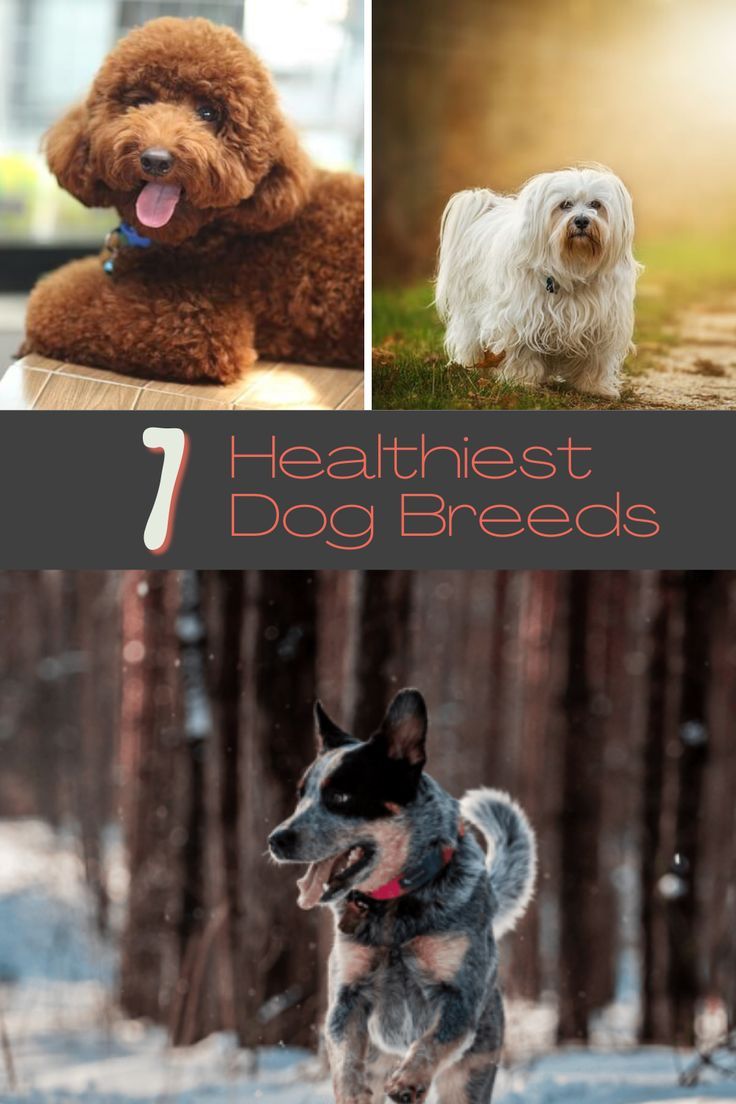

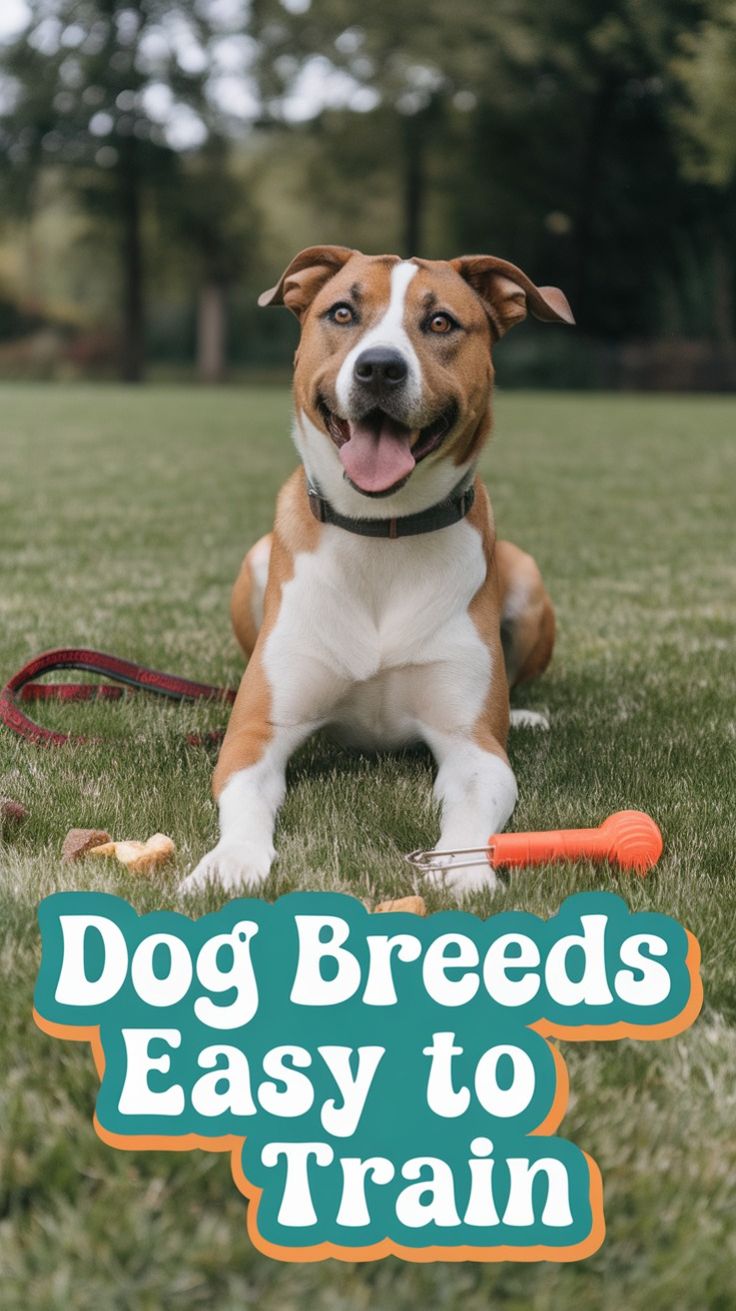
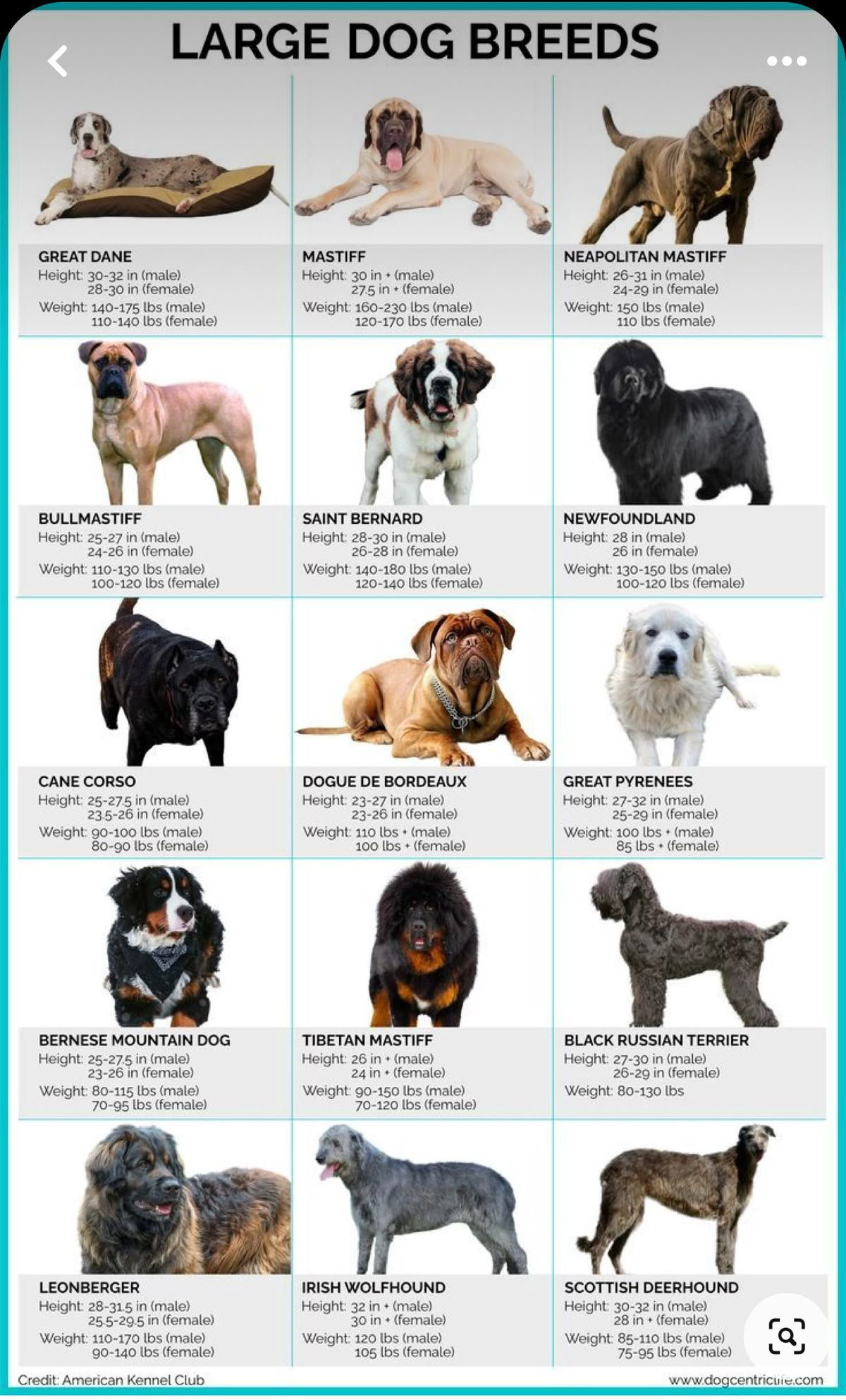

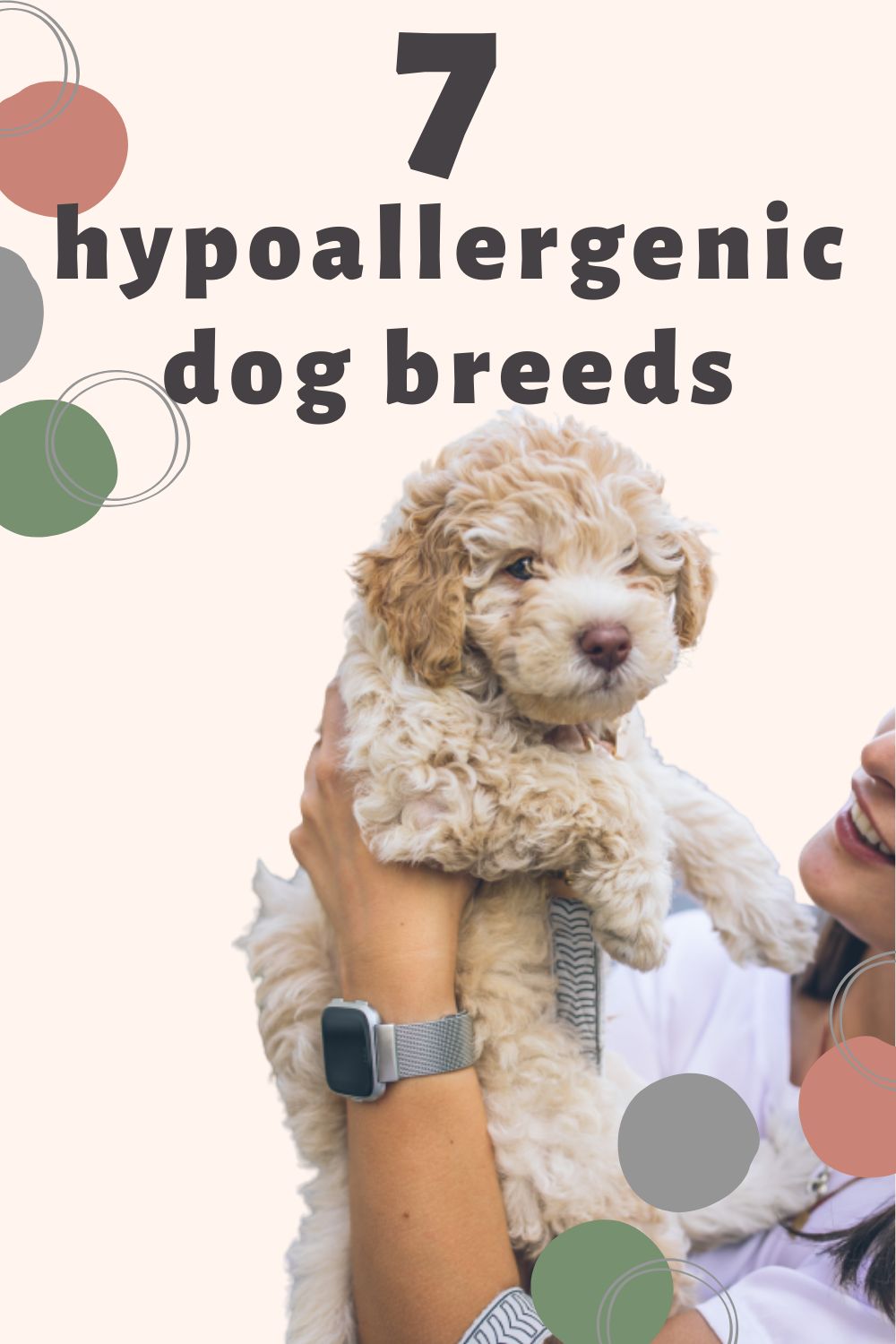
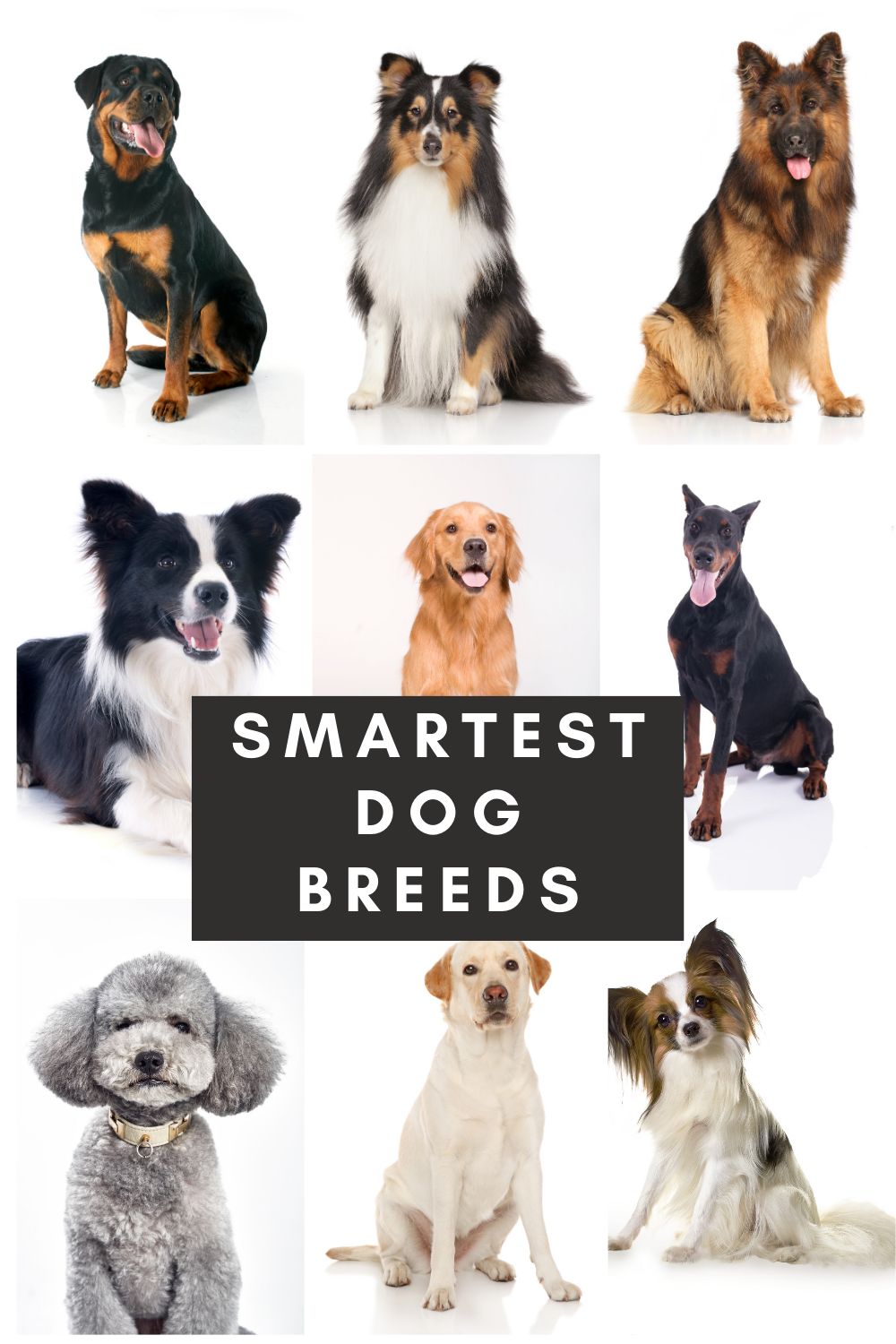



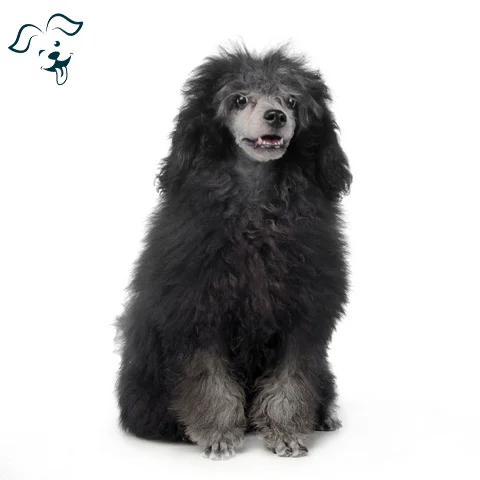

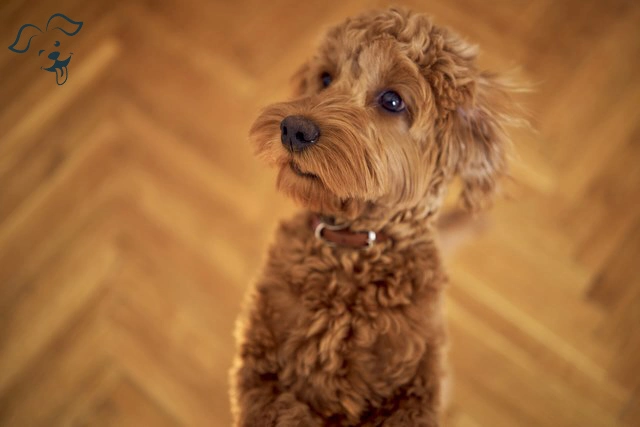
FRIENDLINESS
LIVELINESS
VIGILANCE INTENSITY
ADAPTATION CAPACITY